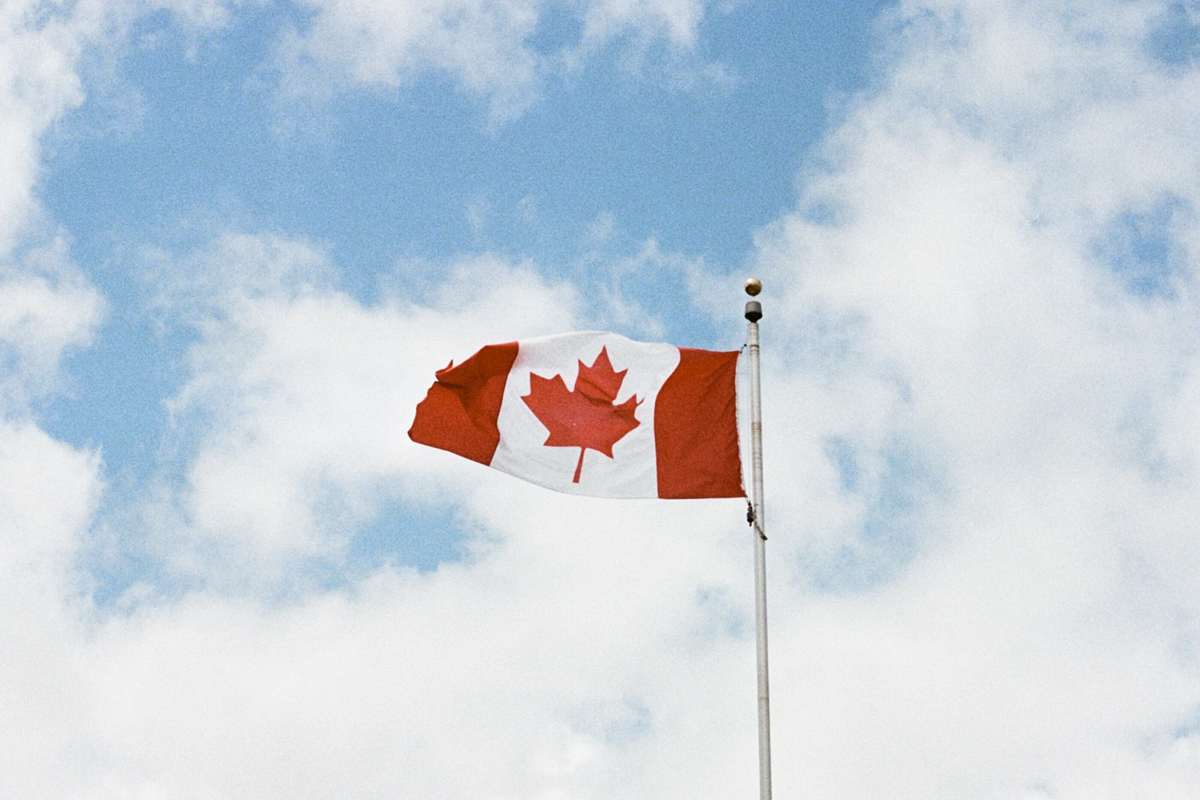Canada Sets Stages, Schedule For Single-Use Plastics Ban

On June 20, Environment and Climate Change Canada and Health Canada published final regulations to prohibit single-use plastics use in the country. The prohibition covers a range of products, including single-use plastic bags, cutlery, food service items made from hard to recycle, ring carriers, stir sticks and straws.
The Ban:
A draft of the regulations was published in the Canada Gazette for a 70-day comment period on December 25. The feedback received was taken into consideration in the development of the final regulations.
Canada’s single-use plastic prohibitions go into effect in three stages:
- The ban on the manufacture and import of single-use plastic products, with a few specific exceptions, goes into effect in December 2022.
- To allow businesses to transition to new products and clear out existing inventories, the ban on the sale of these goods goes into effect in December 2023.
- Canada is going a step further than many other countries and is banning the export of single-use plastic bags, cutlery, food service items, ring carriers, stir sticks and straws by the end of 2025.
The regulations make an exception for single-use flexible plastic straws that keeps them available for people who require them for medical or accessibility reason. This includes use at home, in social settings or in healthcare settings, such as hospitals and long‑term care facilities.
Additionally, the ban on the manufacture and importation of ring carriers and flexible straws packaged with beverage containers, such as juice boxes, will not go into effect until June 2023, and the prohibition of sales in June 2024. This extension was given in recognition of the complexity associated with retooling manufacturing lines for these products.
Canada moves on its plan to #BeatPlasticPollution!
— Environment Canada (@environmentca) June 20, 2022
Today, Minister Guilbeault announced a big step to protect the #environment from pollution caused by single-use #plastics: https://t.co/dpFXsWNlDW @GovCanHealth pic.twitter.com/iF5Q2tVzql
Promo Perspective:
Canada’s prohibitions on single-use plastics may impact some suppliers and decorators whose order are slated to be decorated in the U.S. and shipped to Canada by the end of this year.
“The Canadian government’s push to eliminate single use plastics continues the opportunity for the industry to demonstrate the value of items such as tote bags as a marketing tool,” says Jonathan Strauss, president and CEO of Promotional Product Professionals of Canada. “At the same there is an opportunity for innovation and for the industry to show leadership with innovative products such as reusable produce bags and straws.”
The ban was also part of the conversation this week at PPAI’s Women’s Leadership Conference. A panel discussion Monday during the conference’s general session, “Buyers Have A New List Of Priorities—Diversity and Sustainability,” updated audiences on the changing Canadian regulations.
In Their Words:
“We promised Canadians we would deliver a ban on single-use plastics,” says Steven Guilbeault, Canada’s Minister of Environment and Climate Change. “Today, that’s exactly what we’ve done. By the end of the year, you won’t be able to manufacture or import these harmful plastics. After that, businesses will begin offering the sustainable solutions Canadians want, whether that’s paper straws or reusable bags. With these new regulations, we’re taking a historic step forward in reducing plastic pollution and keeping our communities and the places we love clean.”
Jean-Yves Duclos, Minister of Health, says, “We are focused on protecting the health of those who live in Canada, while improving our environment. We know that plastic pollution can be found in outdoor air, food and drinking water, so by addressing this, we will improve health outcomes for all Canadians. These new regulations mark a turning point for Canada. We are taking strong action to protect the environment, creating cleaner and healthier communities across the country.”
Background:
The Canadian government reports that each year, the country uses up to 15 billion plastic checkout bags, and 16 million plastic straws each day. Single-use plastics account for most of the litter on its shoreline. Over the next decade, the ban is expected to eliminate more than 1.3 million tons of plastic waste and more than 22,000 tons of plastic pollution.
Moving toward a more circular economy for plastics is expected to reduce carbon emissions by 1.8 megatons annually, generate billions of dollars in revenue, and create approximately 42,000 jobs by 2030.
We are banning single-use plastic checkout bags.
— Environment Canada (@environmentca) June 24, 2022
Reusable bags are great alternatives – they are sturdier and much better for the #environment!
Learn more about Canada’s plan to #BeatPlasticPollution ➡️ https://t.co/txoRUfmByR pic.twitter.com/JbTkVrMKQ9
Canadian authorities have published guidance documents to help businesses adjust to the regulations, and another to help businesses and people in Canada choose more sustainable alternatives to single-use plastics.
This summer, the government will research approaches to a federal public plastic registry and the development of labelling rules that would prevent the use of the chasing arrows symbol on plastic items unless at least 80%of recycling facilities in Canada accept them, and they have reliable end markets. It will also present a proposal for comment on the labelling of plastic items regarding their ability to be composted.
Canada’s policy development and actions, and its research on plastic pollution in the country, is guided by the report, “Science Assessment of Plastic Pollution,” published October 7, 2020.

